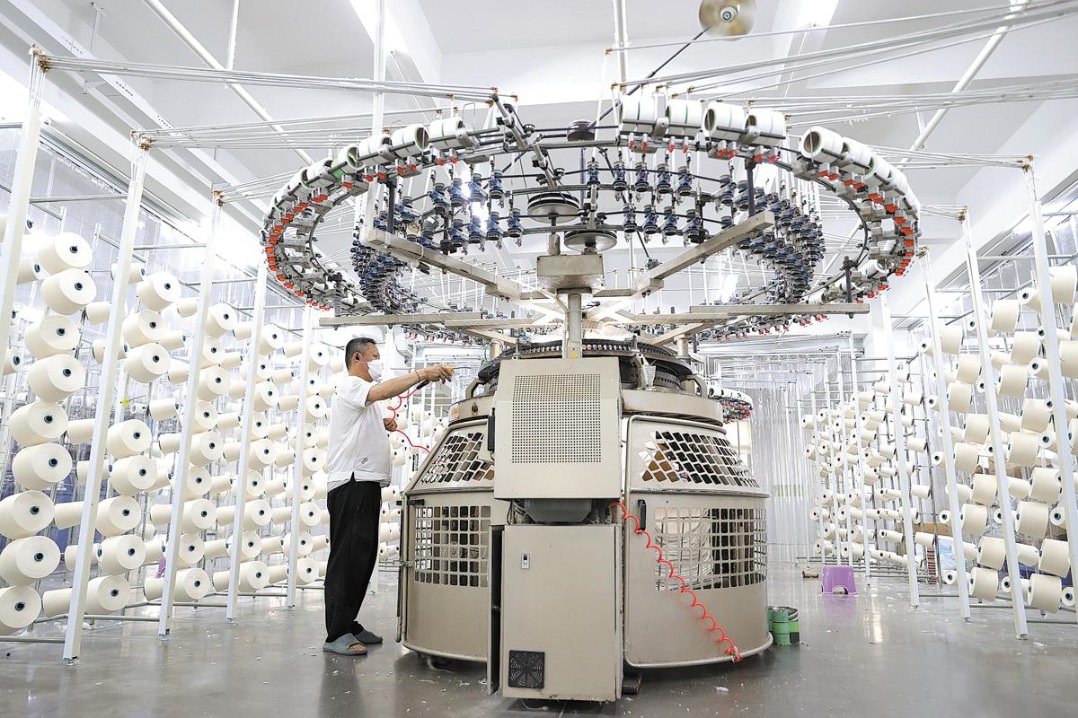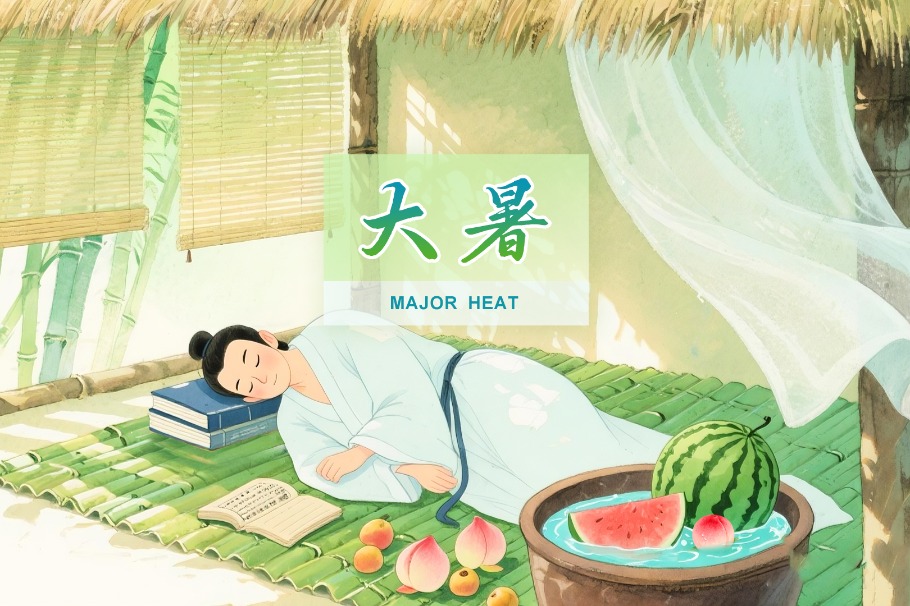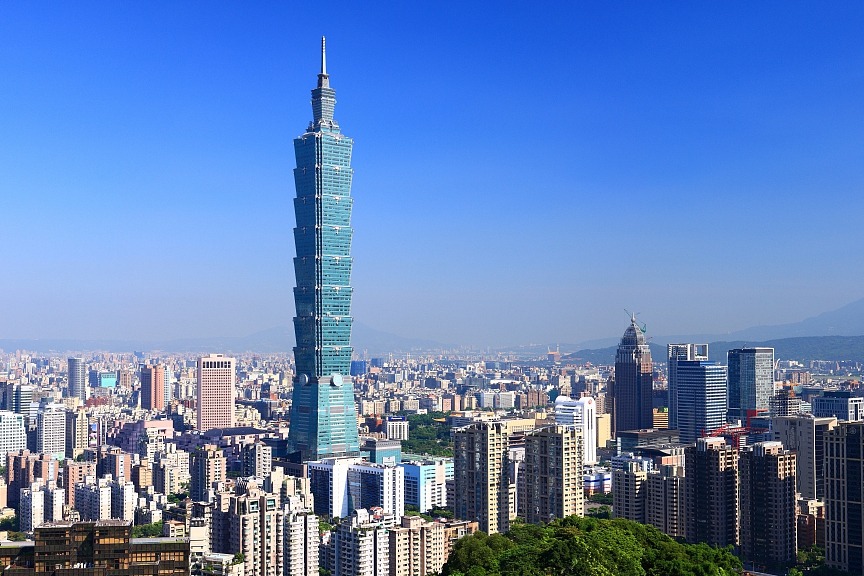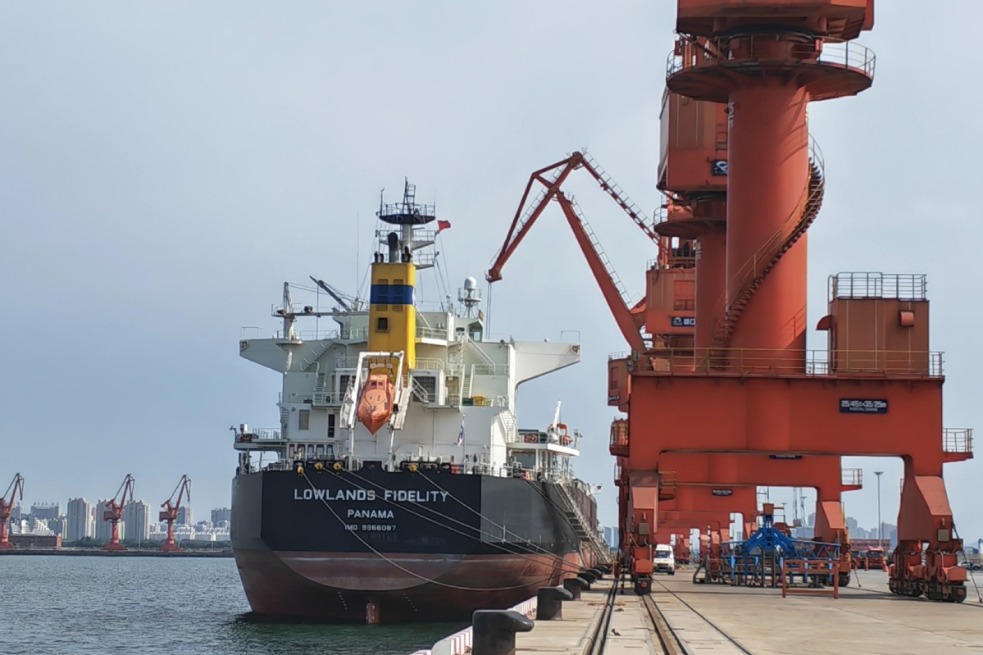US initiator of rare earths sector reshuffle: China Daily editorial

After China banned the export of its rare earths extraction and separation technology in December 2023, a move widely seen as part of its countermeasure to the United States' coercive and bullying practices, the US and its allies and partner countries were left with no option but to rely on refined rare earths from China.
The State Council, China's Cabinet, followed up the move by promulgating the Rare Earths Management Regulations in June, which stipulates that since rare earths, including rare earths reserves, are State assets, the State will develop a rare earths product traceability information system to keep track of which industries the importers are using the Chinese products in.
Rare earths comprise at least 17 metallic elements and are necessary components of more than 200 high-tech products, including defense products such as electronic displays, guidance systems, lasers, and radar and sonar systems, as well as smartphones, computer hard discs, electric vehicles, flat-screen monitors and TV sets. With more than 40 percent of global reserves, China produces about 60 percent and processes nearly 90 percent of the world's rare earth elements.
More important, China has patented core rare earths extraction and separation technologies, making it the only country capable of separating all the 17 rare earth elements from other minerals on an industrial scale. In short, China is a global rare earths refining hub.
Yet despite the ban on the export of extraction and separation know-how and restrictions on rare earths exports, the supply of the metallic elements in the global market has remained stable, because, unlike the United States, China is not using the restrictive measures as a weapon to target other countries.
Of course, China's moves have prompted countries such as Mongolia, India, Vietnam and Malaysia to expedite the exploration and exploitation of their mineral resources. But the fact is that even developed countries, particularly the US, despite markedly increasing their research and development budgets, have struggled to apply the technologies because they are highly polluting.
That's why the US has been pressuring the four countries, along with other countries, to expedite their rare earths exploration. For instance, the Malaysian government estimates it has up to 16.2 million tonnes of untapped rare earths in provinces such as Perak, Pahang, Kedah, Kelantan and Terengganu. But the US can provide these countries with little technological help to extract, separate or process the metallic elements. The countries are also worried about the US imposing sanctions and/or higher tariffs on their goods if they turn to China for solutions.
"In processing, mining, a lot of technology is held by China. In many aspects they are the most competitive," Malaysian Minister of Natural Resources and Environmental Sustainability Nik Nazmi bin Nik Ahmad was quoted as saying by a media outlet. "Certain countries have limitations ... if you use Chinese technology to mine, then maybe there will be limitations (on trade)," he said.
As a matter of fact, to avoid being drawn into the US' geopolitical game, Malaysia has been doing its best to hedge its bets in the rare earths sector by engaging with not only China and the US, but also Australia, Japan and the Republic of Korea to develop its rare earths sector.
However, as the Malaysian side's latest complaint indicates, it is the US' coercion and bullying that are preventing the development of several countries' rare earths industries.
China has made it clear that the revision of the catalogue of prohibited and restricted technologies for export, which include rare earths extraction and separation technology, is a specific measure and routine adjustment for the country to adapt to the latest technological advancements and improve its technology trade management.
China has always promoted reform and development through opening-up. Accordingly, it will create the right conditions for facilitating global economic cooperation on rare earths without compromising its national economic security and development interests.


































